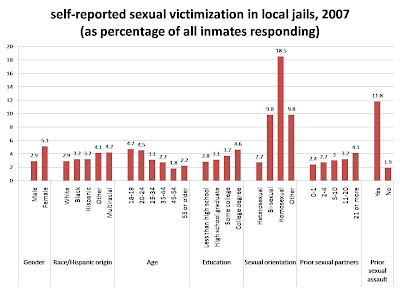I. the good news:
a. the city of minneapolis honors 39 officers today for outstanding valor in the line of duty.
b. official reports of violent crime continue to drop — about 14 percent from january-june 2008 in comparison to january-june, 2007. this follows a drop of similar magnitude between 2006 and 2007. the numbers look (surprisingly) good for just about every part I crime.
II. the bad news:
city attorneys are advising that the city pay $2 million to settle a lawsuit by five african american police officers alleging discriminatory treatment. such news is disturbing in both its costs to taxpayers and its meaning for the department and the city. i don’t have any inside information about the case, but cities are rarely eager to settle on numbers this large without some evidentiary basis for the allegations. as of friday, the city council had yet to approve the settlement.
i’ve got some excellent former students on the minneapolis police force, so i’d like to think they’ve played some part in the good news reported above — and, of course, that they bear no responsibility for the bad news.


 just about every prison has a hole, a box, or a
just about every prison has a hole, a box, or a 



